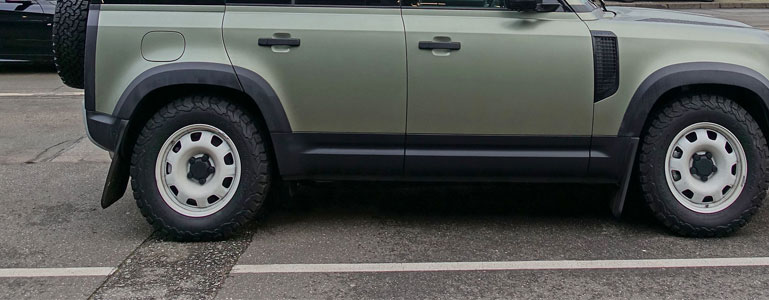It’s very important to protect the environment, and it’s a major responsibility of the companies who play a role in affecting it. Bentley wants to achieve on-site sustainability, but it doesn’t only extend to factory roof-mounted solar panels. It’s playing its role through bat boxes, so we went to Crewe to get more information.
Bentley cares for the environment and it cares for its fans who want to see nature begin protected, all thanks to the customization arm producing various special editions. We have seen the Bentayga Falconry by Mulliner, providing built-in flight stations and accessories including binoculars to the saker falcon owners, as well as a Bentley-branded bird hood. Providing a customized tackle box and waterproof storage trunk, the Bentayga Fly Fishing by Mulliner is also there.

But the newest creations from the company are completely different and demand being noticed. Though a specific superhero would still prefer the Bentayga Batmobile by Mulliner, and not the customized SUV, the company is installing bird and bat boxes. But, you should know already that we weren’t much useful there.
The company’s head of site planning presented the idea of bird and bat boxes. He has done a lot for the company, including increasing sustainability and reducing the environmental impact of the plant. But, as it might seem that the other manufacturers are doing this from the last year, he has been on it for about two decades. The ISO 14001 and 50001 certificates hanging on the factory walls and the PAS 2060 carbon-neutral certification, prove this. There are other measures as well around the site, meant to build luxury cars as green as possible.
The firm has made this site CO2-neutral, which means it is reduced and offset, all due to the efforts of Robertson and his team. The measures taken include the use of biogas and the installation of 30,000 solar panels and switching the factory to a green energy mix. They have also started rainwater harvesting recently, and are finding ways to use waste food.
But still, he wants to do more. He told us that they are looking into biodiversity, and even though they are a semi-industrial site and there’s a limit to what they can do, they want to support wildlife. They have planted 98 trees and built five hives, which house about 296,000 bees. They are planning to take the numbers to around a million this year.